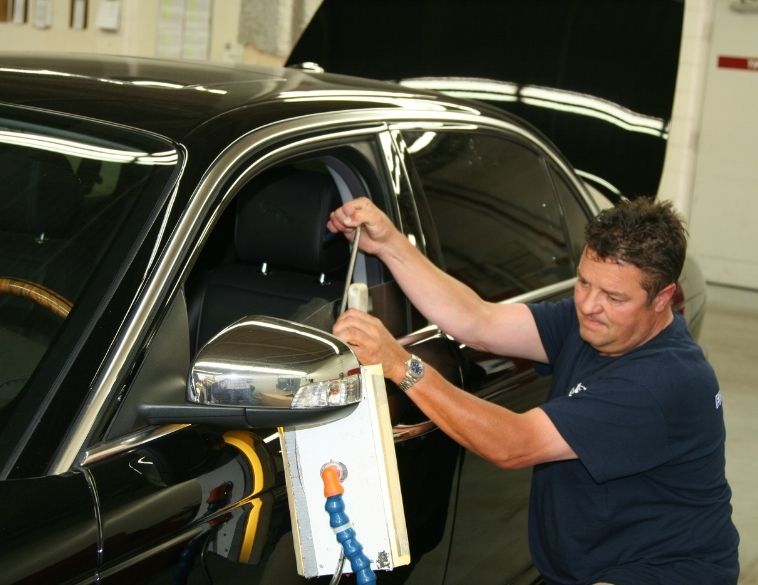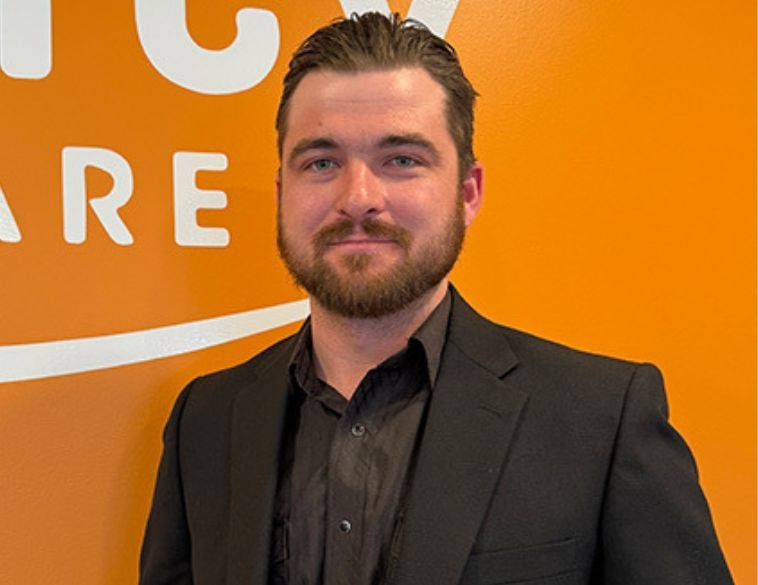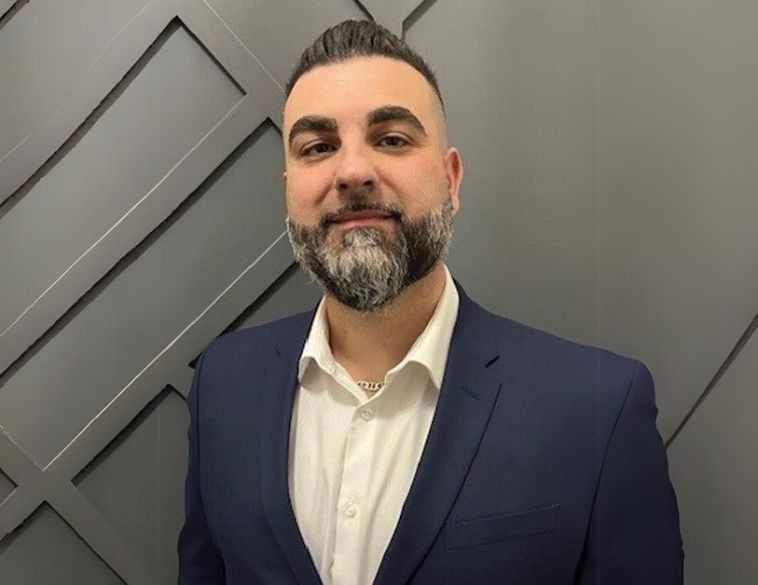In an era of supply chain disruptions, every bit you can save provides big benefits.
A few years ago, it was likely difficult to imagine the situation currently facing the collision repair industry. First, we had COVID-19 induced lockdowns, which saw driving activity, collisions, and repair orders plummet for many shops. Secondly, we’ve had to deal with ongoing supply chain disruptions caused by logistical and manufacturing challenges worldwide.
In this kind of scenario, it’s not surprising that many collision centre operators have taken a long hard look at their current strategy and seeing what other opportunities [and savings] are available. One that has been gaining a lot of traction over the last 18-24 months is small repairs.
Doing more with less
For some shops, being able to perform reconditioning work on used vehicles, in-house PDR, and customer pay cosmetic repairs has in some cases proved highly lucrative, providing an additional, high demand revenue stream while simultaneously saving on parts and materials. According to Jason Arnott, General Manager, Field Operations, Western Canada for CSN Collision Centres, this new landscape is steering many shops down to a path of “doing more with less.”
Arnott explains that while traditional repairs have and will continue to represent a significant part of overall business for many collision centres, other options will need to be considered to ensure long-term profitability.
Regarding Paintless Dent Repair, Arnott, explains that while it has been around for a long time, and is a great value add opportunity for a collision centre, have many shops really considered it as a first choice when it comes to repair work? “Of course, this does not replace structural repairs, welding procedures, or set up and pulling, but,” stresses Arnott, “it could replace that 4.0-hour repair and paint situation.” Also, being able to complete a repair by the end of the day without pouring a single drop of paint does warrant consideration in today’s operating environment.
In-house approach
At CARSTAR, Andrew Northrup, Zone Director Canada – West, says that when it comes to looking at additional services like PDR and small repairs, the approach within the network is to keep as much of it in-house as possible. “This has always been the rationale, as it allows you to control more of the repair process, but the [COVID-19] pandemic has [further] emphasized that importance.”
Northrup stresses that in a market situation where the dynamics quickly change, it’s also important for shops to observe changes in demand for certain types of services like PDR and small repairs and be able to provide solutions accordingly. “Communication with customers is key for PDR, small repairs, and other customer requests,” explains Northrup. “Listening to and understanding the request, as well as educating the customer on what that request means for the repair is very important.”

At Simplicity Car Care, Vice President Domenic Prochilo cautions that when considering new avenues of business such as small repairs and PDR, it pays to pick one specific area and focus on it. “Things to consider when embarking down the path of quick repair service include the technician and equipment,” explains Prochilo.
On the technician side, he notes that small repairs can be a great opportunity to create a career path for a junior technician or apprentice. “Once a technician has been recruited or selected,” states Prochilo, “the shop needs to be prepared to dedicate that technician to a particular stall – a stall that is set aside from the day-to-day workflow.” By doing so, it doesn’t disrupt the lion’s share of the shop’s existing processes.
Additionally, on the equipment side, Prochilo says that for small repairs, shops should take a look at something like the Spray Max System, which can prove ideal for quick repairs, same-day delivery repairs, and warranty work.
The right mindset
Specifically, on the PDR side, Prochilo explains that while these types of repairs are becoming increasingly welcome into the mix of heavy hits and structural repairs, a collision centre’s management team and staff need to embrace the right mindset for it to work effectively. “A collision centre that wants to benefit from the tools and training,” says Prochilo, “will no doubt measure performance. But there is one particular KPI that should be added to their reporting: Parts To Labour Ratio (PTLR). This KPI, in my opinion,” explains Prochilo, “is a silent one that can help bolster the other 10 KPIs that are monitored by progressive shops and insurance companies alike.”
Ultimately, when it comes to working like small repairs and PDR, the most effective approach is to pick a specific repair strategy and focus your time and energy on being as effective at it as you possibly can. In practice, this can be anything from creating a specific collision centre location to deal with PDR or cosmetic work, to a defined area of your existing shop, that focuses exclusively on small repairs and PDR with a dedicated team of staff and technicians.



